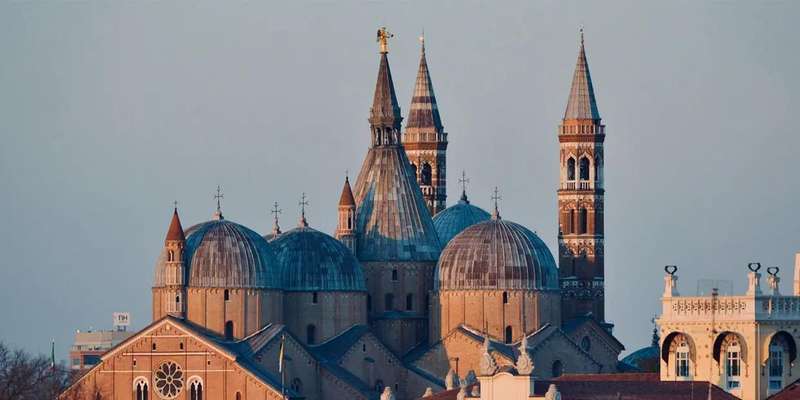- Home
- Useful Tips
- Padua's medieval history
Exploring Padua's medieval history can feel overwhelming without the right guidance. Many travelers miss the city's most authentic experiences, spending precious vacation time deciphering maps or following overcrowded tourist routes. Over 60% of visitors to Padua's Scrovegni Chapel spend less than 15 minutes inside due to poor timing – missing the chapel's breathtaking frescoes in their full glory. Others waste hours in lines when they could be discovering hidden courtyards where Galileo once taught, or tranquil piazzas untouched by mass tourism. The frustration of returning home only to learn about incredible sites you walked right past is all too common. This isn't just about missing a few attractions – it's about losing the chance to truly connect with one of Italy's best-preserved medieval cities, where every alleyway whispers stories from the 13th century.


Navigating Padua's medieval maze without getting lost
Padua's historic center is a labyrinth of interconnected streets designed in the Middle Ages, where even GPS signals falter. The key to exploration lies in understanding the city's radial layout – all main paths lead to the bustling Piazza delle Erbe, the medieval market heart. Start your walk at the University of Padua, Europe's second-oldest academia, where the original 1222 lecture halls still stand. From here, follow the arcaded streets southward, using the distinctive domes of the Basilica of Saint Anthony as visual markers. Locals know that via San Francesco holds the best-preserved medieval facades, their faded frescoes visible if you walk on the building's shaded side. For an authentic experience, time your stroll for early morning when soft light illuminates the ancient brickwork and students cycle to classes just as they have for 800 years.
Secret spots even guidebooks miss near Prato della Valle
While everyone crowds around Prato della Valle's elliptical canal, few notice the medieval gems hidden in plain sight. The Oratory of San Michele, a 12th-century chapel tucked behind the square's southern edge, contains Padua's oldest surviving fresco cycle – with no entry fee or queues. Nearby, the Casa di Ezzelino stands as one of northern Italy's few remaining private medieval towers, its crenelated top offering rare views (ask nicely and the owners might let you peek). For lunch, skip the tourist traps and head to Osteria dei Fabbri, where vaulted ceilings date from the 1300s and local professors discuss Dante over polenta. The trick is to explore the radial streets extending from Prato's center – each holds at least one unmarked medieval relic, from ancient wellheads to guild symbols carved above doorways.
Timing your Scrovegni Chapel visit like a pro
Giotto's masterpiece suffers from chronic overcrowding, with 85% of visitors arriving between 10am and 2pm according to municipal data. The secret? Book the first slot after the midday closure (typically 2pm), when guards allow extra viewing time as crowds thin. Better yet, visit in November or February when daylight savings reduces tourist numbers by nearly 40%. Before entering, spend 15 minutes in the adjacent Museo Civico to understand the chapel's revolutionary fresco techniques – this context makes your limited 20-minute viewing window far more rewarding. Local art students swear by Wednesday afternoons, when soft winter light streams through the west windows, intensifying the 'Last Judgment's' blues. Remember that humidity control means the chapel stays at 18°C year-round; bring a light sweater even in summer.
Where to stay for authentic medieval atmosphere
Padua's best-preserved medieval quarter lies between Piazza Antenore and Via Altinate, where several 13th-century palazzos now operate as boutique hotels. Locals recommend seeking accommodations with original 'pietra d'Istria' stone details – this limestone was the medieval builder's choice for door frames and well curbs. The area surrounding the Church of Santa Sofia offers particularly atmospheric stays, with rooms in converted merchant houses featuring exposed brick arches and inner courtyards unchanged since Dante's visits. For budget travelers, the pilgrim hostel near the Basilica retains its 1300s layout (complete with communal refectory), while luxury seekers should target converted noble residences near the University. Whatever your price range, prioritize locations west of Via Roma – this puts you within the authentic medieval grid rather than later Renaissance expansions.



